Please wait ...
The Cleveland Museum of Art (CMA) is an art museum in Cleveland, Ohio, located in the Wade Park District, in the University Circle neighbourhood on the city's east side. Internationally renowned for its substantial holdings of Asian and Egyptian art, the museum houses a diverse permanent collection of more than 61,000 works of art from around the world. The museum provides general admission free to the public.
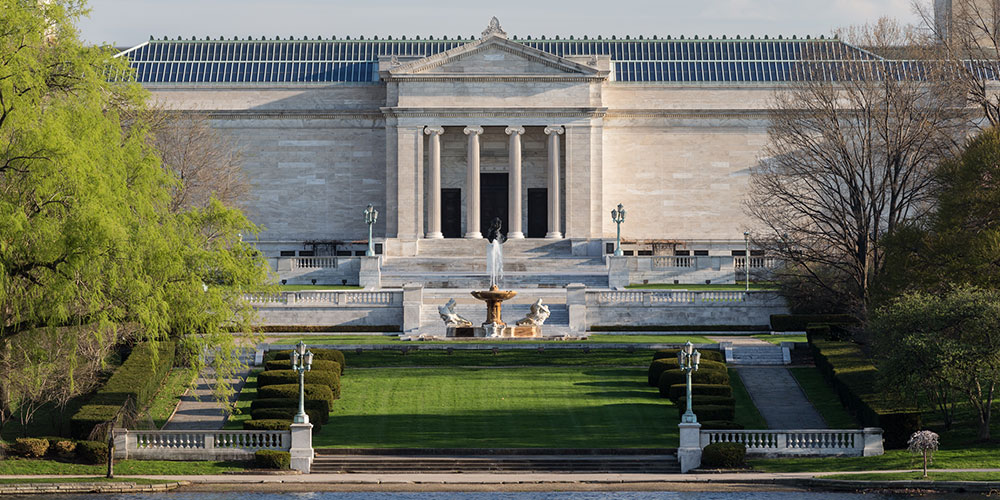
With a $755 million endowment, it is the fourth-wealthiest art museum in the United States. With about 770,000 visitors annually (2018), it is one of the most visited art museums in the world.
The Cleveland Museum of Art was founded as a trust in 1913 with an endowment from prominent Cleveland industrialists Hinman Hurlbut, John Huntington, and Horace Kelley. The neoclassical, white Georgian Marble, Beaux-Arts building was constructed on the southern edge of Wade Park, at the cost of $1.25 million. Wade Park and the museum were designed by the local architectural firm, Hubbell & Benes, with the museum planned as the park's centerpiece.
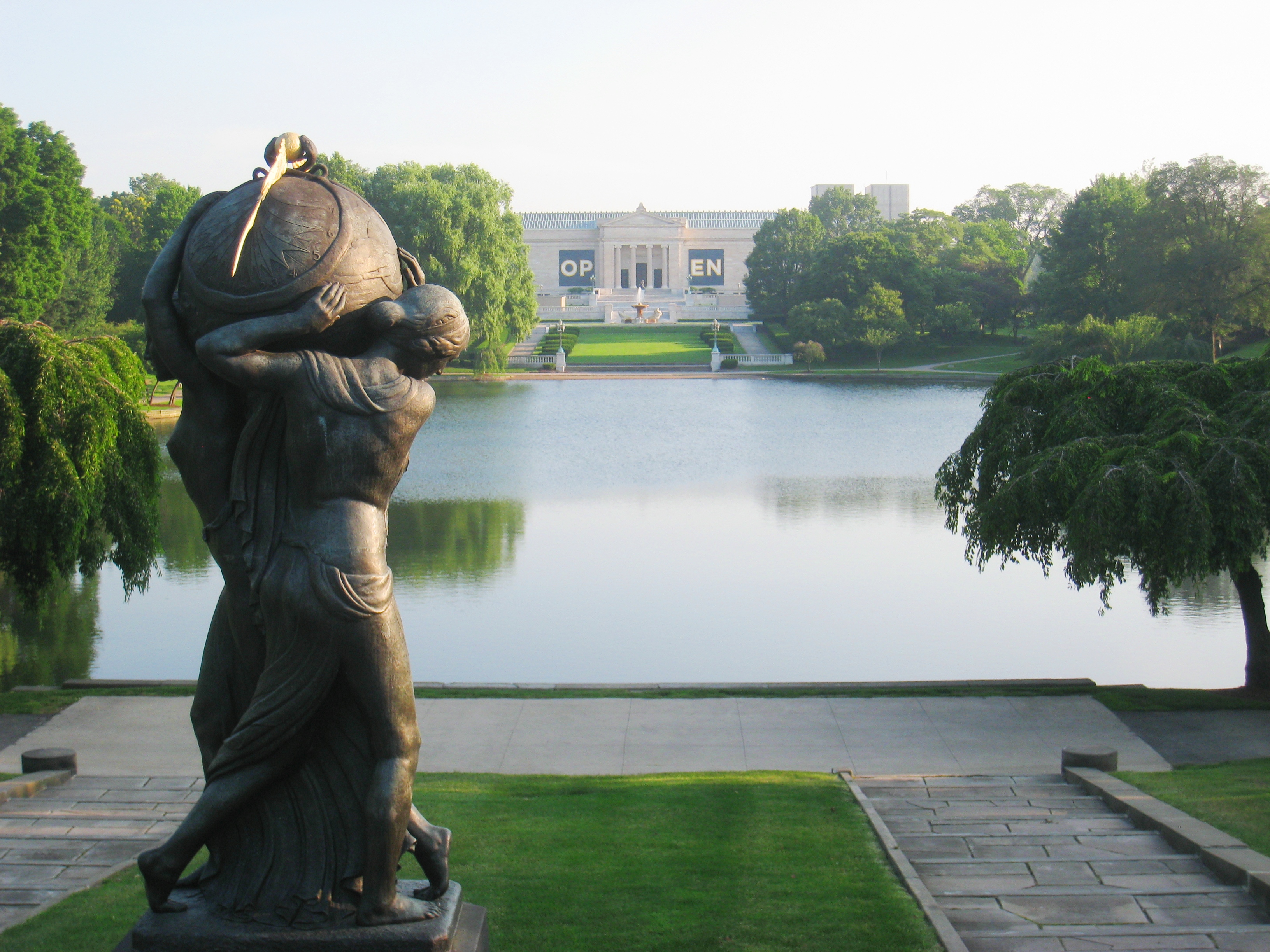
The 75-acre (300,000 m2) green space takes its name from philanthropist Jeptha H. Wade, who donated part of his wooded estate to the city in 1881. The museum opened its doors to the public on June 6, 1916, with Wade's grandson, Jeptha H. Wade II, proclaiming it, "for the benefit of all people, forever". Wade, like his grandfather, had a great interest in art and served as the museum's first vice-president; in 1920 he became its president. Today, the park, with the museum still as its centerpiece, is on the National Register of Historic Places.
Wade Park includes an outdoor gallery displaying part of the museum's holdings in the Wade Park Fine Arts Garden. The bulk of this collection is located between the original 1916 main entrance to the building and the lagoon. Highlights of the public sculpture include the large cast of Chester Beach's 1927 Fountain of the Waters; a monument to the Polish expatriate and American Revolutionary War-hero Tadeusz Kosciuszko; and the 1928 bronze statuary sundial by Frank Jirouch, Night Passing the Earth to Day, which sits across Wade Lagoon from the museum, near the park's entrance on Euclid Avenue.

Auguste Rodin's The Thinker is installed at the top of the museum's main staircase. After being partially destroyed in a 1970 bombing (allegedly by the Weathermen), the statue was never restored. Art historians knew that Rodin was involved in the original casting of this sculpture. The 1970 damage (noted on a plaque since mounted at the base of the statue's pedestal) is considered to have made this casting unique among the more than twenty original large castings of this work.
The Cleveland Museum of Art divides its collections into 16 departments, including Chinese Art, Modern European Art, African Art, Drawings, Prints, European Art, Textiles and Islamic Art, American Painting and Sculpture, Greek and Roman Art, Contemporary Art, Medieval Art, Decorative Art and Design, Pre-Columbian and Native North American Art, Japanese and Korean Art, Indian and Southeast Asian Art, and Photography.

1916 cast of The Thinker by Auguste Rodin. Damaged by terrorism in 1970 and kept in the altered condition
The museum's African art collection consists of 300 traditional, sub-Saharan works from the Bini, Congo, Senufo, and Yoruba peoples, mostly donated by Cleveland collector Katherine C. White. The museum is especially strong in the field of Asian art, possessing one of the best collections in the U.S.
Modern European Painting and Sculpture
The Cleveland Museum of Art's Modern European Painting and Sculpture collection holds pieces dating from 1800 to 1960, and contains about 537 pieces. The collection contains Impressionism and Post-impressionism works, avant-garde art styles, and German Expressionism and Neuesachlichkeit art.
Reading, by Berthe Morisot, 1873

The Red Kerchief Portrait of Madame Monet, by Claude Monet
European Painting and Sculpture
This collection holds pieces dating from 1500 to 1800, with major works representing Italian Baroque, Spanish Baroque, Italian Renaissance, as well as significant French, British, and Dutch paintings.

The Crucifixion of Saint Andrew, Caravaggio, 1607 - Post-Restoration
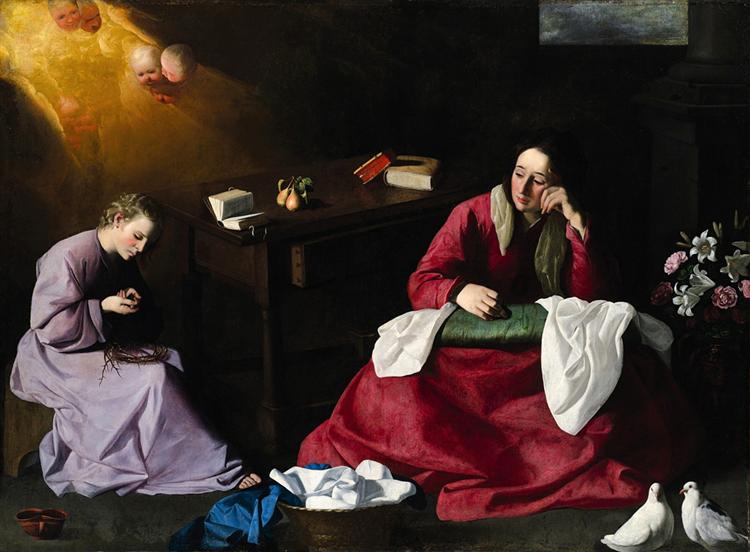
The House in Nazareth, by Francisco de Zurbarán, c. 1640
American Painting and Sculpture
The collection is concise, containing about 300 paintings and 90 sculptures. Major attractions in the collection include William Sideny Mount's The Power of Music, Frederich Edwin Church's Twilight in the Wilderness, and Albert Pinkham Ryder's The Racetrack (Death on a Pale Horse). A number of Cleveland based artists are also included in the museum's holdings, placing an emphasis on local art.

Twilight in the Wilderness, by Frederic Edwin Church, 1860
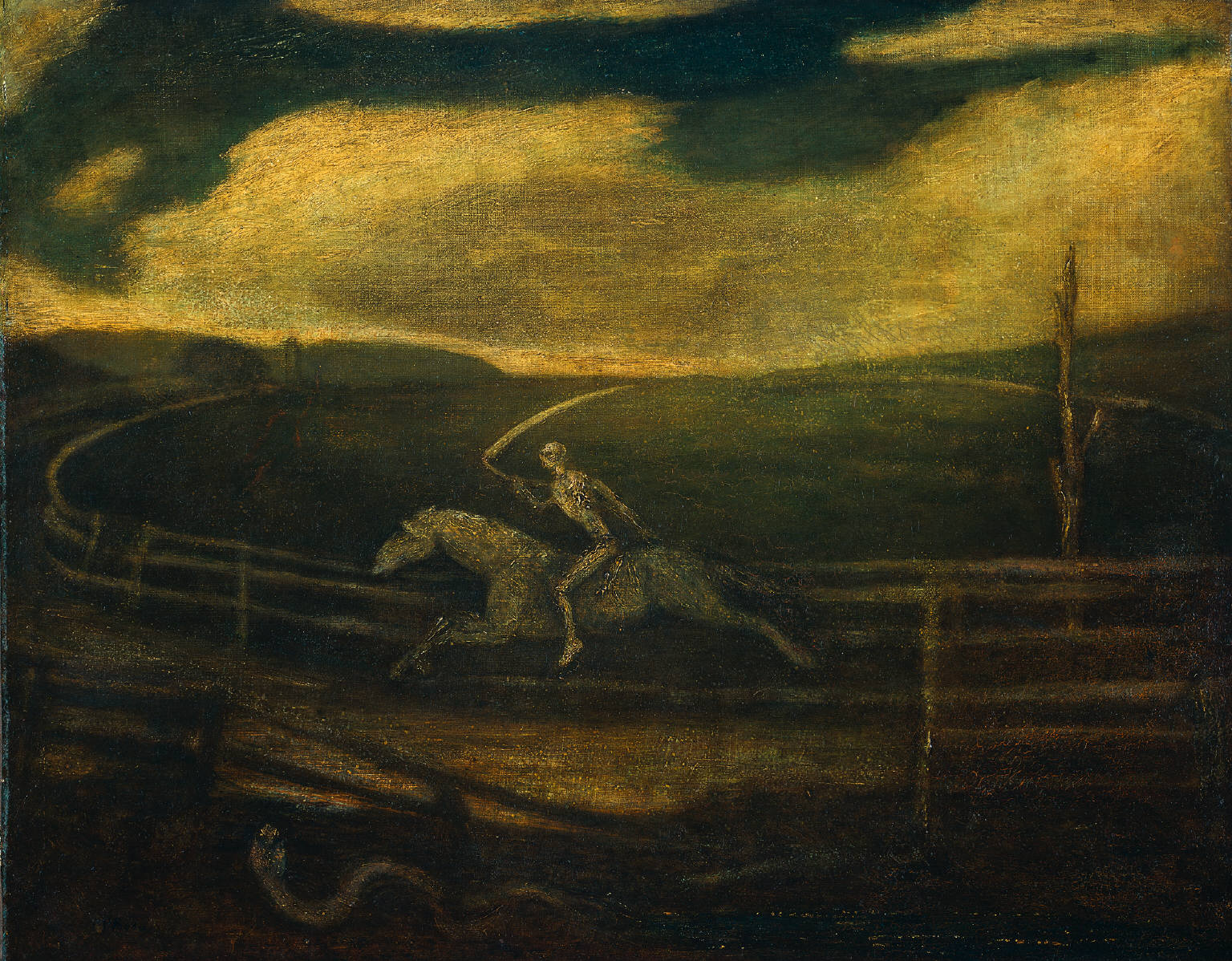
The Race Track (Death on a Pale Horse), by Albert Pinkham Ryder
Photography
The Cleveland Museum of Art contains a small collection of fine art photography, dating back to 1893. What makes the collection are the pieces from photography's first contributors, particularly French, English, and American photographers.
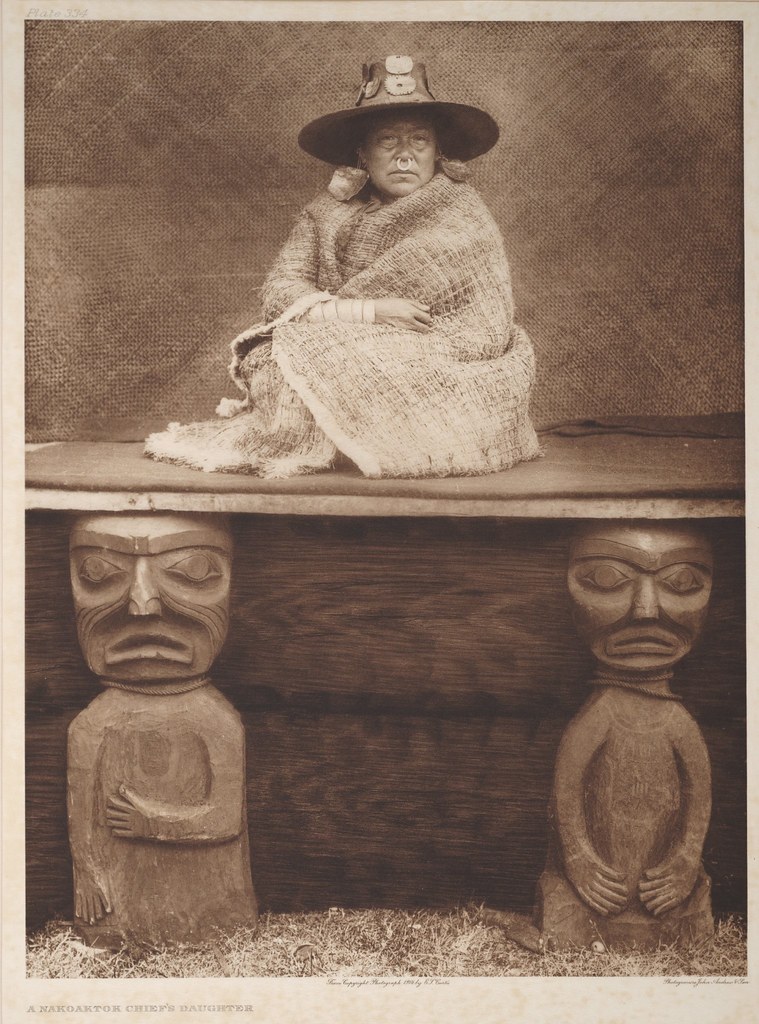
A Nakoaktok Chief's Daughter
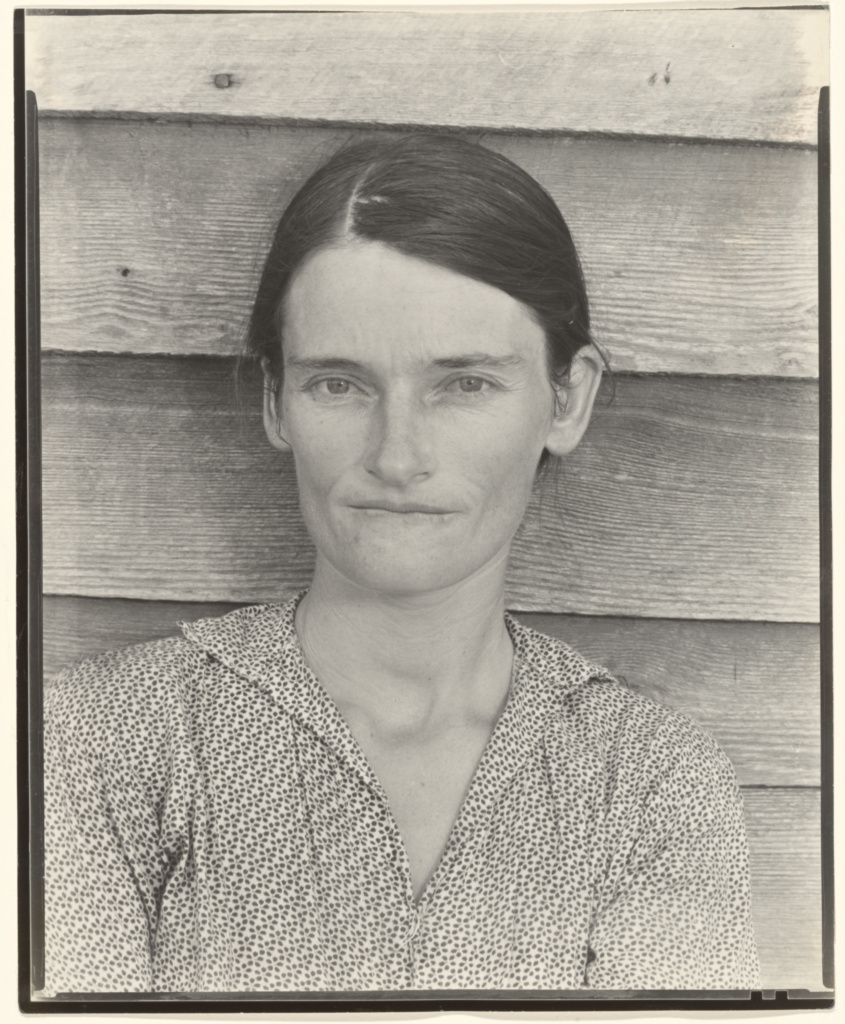
Walker Evans, Allie Mae Burroughs, Wife of a Cotton Sharecropper, Hale County, Alabama, 1936.
Decorative Art and Design
An internationally renowned collection, the Decorative Art and Design collection "consists of useful objects in which the form and decoration are the primary focus, not objects intended purely as sculpture".
A cabinet from 1690